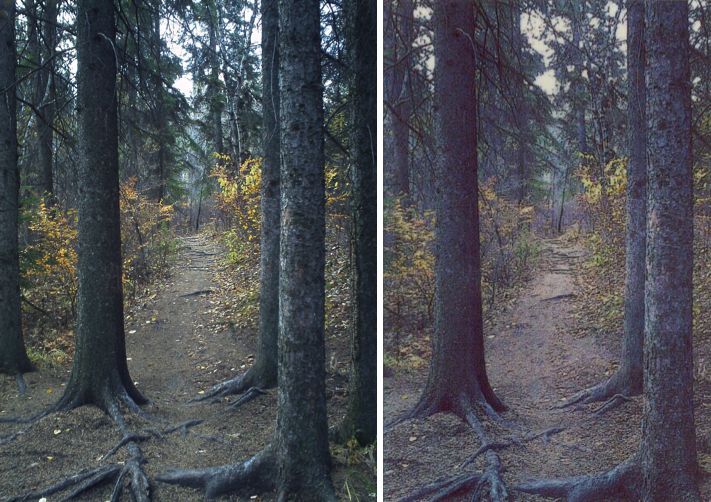Although most people think of Polaroid instant cameras as retro relics from the 70s and 80s, those cameras did do something that today’s digital models don’t – they provided you with an on-the-spot photographic print. The picture quality wasn’t great, but it was fun to instantly receive that tangible finished product. Polaroid is now trying to recapture a little of that fun, with its new Z2300 digital instant camera. I recently had the chance to try one out for myself.
First of all, the Z2300 can be used just as a regular ol’ 10-megapixel point-and-shoot camera.
It has a flash, a 3-inch LCD screen on the back, an SD card slot, and a mini-USB port for uploading shots to a computer. Most users will undoubtedly stick to its Auto mode, although accessing its menu does allow for manual control over parameters such as ISO, white balance, and exposure value (different aperture/shutter speed combos). Focus controllability is limited to choosing between landscape and macro settings via a side-mounted two-position switch.

When you want to print off one of your photos, you just select that image from the playback screen, indicate how many copies you want, and set things going. Within about 30 seconds, a print will emerge from a slot on the side of the camera. The Z2300 uses Premium ZINK photo paper, which doesn’t require the use of toner or cartridges of any kind. Instead, each sheet contains cyan, yellow, and magenta crystals, that are activated by heat which is selectively applied inside the camera.

At 2 x 3 inches (51 x 76 mm), those sheets are quite small – about the size of a business card. The image quality certainly isn’t what you’d get with a proper photo-quality printer, but given the sort of thing that the prints are likely to be used for, it’s acceptable.
As an added bonus, each print has a backing sheet that can be peeled off to expose an adhesive surface – in other words, they can be turned into stickers. This doubtless opens up all sorts of artsy-crafty and/or practical possibilities, examples of which I’m trying to think of ... well, perhaps you could use them to indicate the contents of hard-to-access storage boxes?

Overall, I had fun with this camera. I certainly wouldn’t use it as my primary camera, but there would undoubtedly be occasions where it would prove useful. Unlike the case with the original Polaroid film cameras, it’s nice to have the ability to make multiple prints, and to still have the original digital file after the fact.
I did have a few gripes with it, however.
For one thing, as compared to other point-and-shoots, it’s big. It’s also a little on the cheap side – the door to the battery compartment rattles, and the LCD image is pretty coarse. Its shots are OK in digital form, although the miniscule cell phone-like lens certainly limits picture quality.
Additionally, I was somewhat irked by the lack of instructions. The camera ships with a very basic instruction booklet, which advises users to consult an included CD-ROM or the Polaroid website for details on the advanced features. Unfortunately, the CD wouldn’t play on my iMac, and the website appears to make no mention of the Z2300 other than a few brief press releases.

Whether or not it’s worth the money, I’ll leave to you to decide. It’s priced at US$160, with Premium ZINK papers selling for $25 for a pack of 50 – that’s 50 cents a sheet.
Gizmag would like to thank Kiran at Photojojo, who supplied us with the camera.














